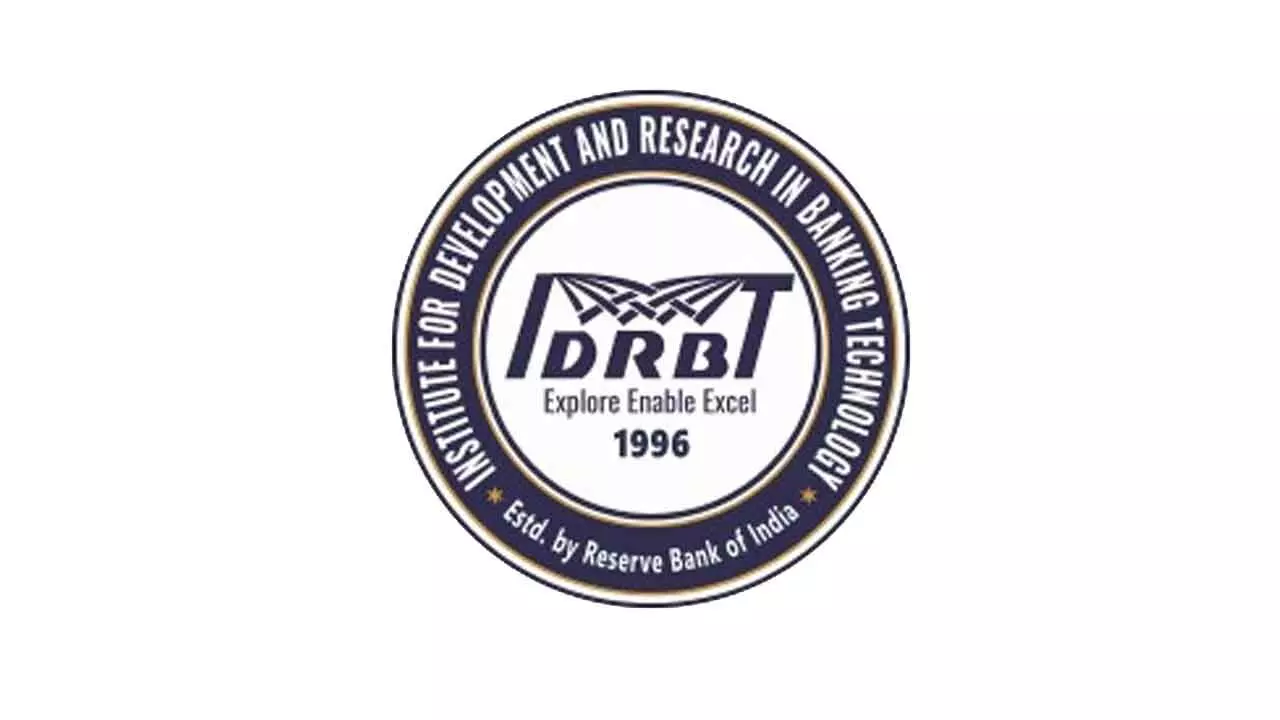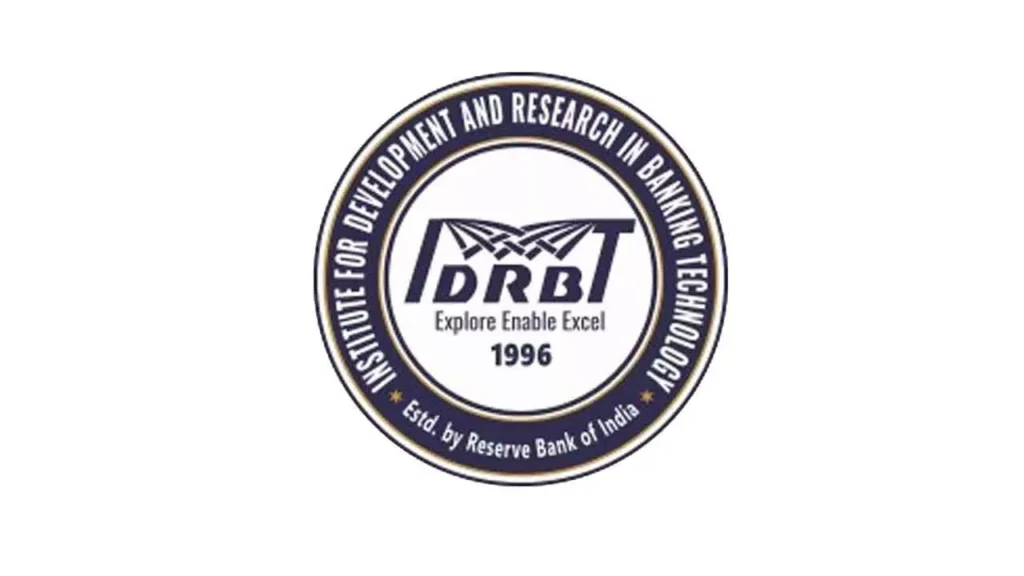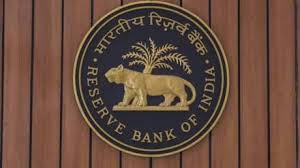Smart shoes represent a significant advancement in wearable technology, seamlessly integrating sensors and data analytics to provide real-time insights into foot health. These innovative shoes go beyond basic footwear, offering a proactive approach to injury prevention and overall well-being. The core functionality revolves around sophisticated sensor networks embedded within the shoe’s sole and upper.
Key Components of Smart Shoes:
Pressure Sensors: These sensors are strategically placed to map the distribution of pressure across the foot during various activities like walking, running, or standing. This data can identify areas of high stress, potentially indicating developing blisters, ulcers, or improper biomechanics.
Motion Sensors: Accelerometers and gyroscopes track the foot’s movement in three dimensions. This information allows for detailed analysis of gait, stride length, and foot pronation, helping to identify abnormalities that could lead to injuries.
Environmental Sensors: Some smart shoes incorporate sensors to monitor temperature and humidity within the shoe. This is particularly useful for individuals prone to foot infections, as maintaining a dry and cool environment can inhibit bacterial and fungal growth.
Data Processing and Transmission: The data collected by the sensors is processed by a miniature onboard computer or transmitted wirelessly via Bluetooth to a smartphone app or other devices. This allows users and healthcare professionals to access and analyse the information in real-time or retrospectively.
The data gathered from smart shoes can be used for various applications. For example, athletes can use the data to optimise their training regimes and reduce the risk of injury. People with diabetes can monitor pressure points to prevent foot ulcers, a common and serious complication of the disease. The information can also be used for health monitoring, providing early detection of potential problems and enabling timely intervention. Smart shoes offer a convenient and effective way to improve foot care and overall health.
Benefits for Diabetics
Diabetic foot ulcers are a major concern for individuals with diabetes, often leading to serious complications, including amputation. Smart shoes offer a proactive approach to diabetic foot care, providing continuous health monitoring and early detection of potential problems. The advanced wearable technology integrated into these shoes can significantly improve outcomes for this vulnerable population.
How Smart Shoes Help Manage Diabetic Foot Health:
Pressure Monitoring and Offloading: One of the key benefits is the ability to monitor pressure distribution on the foot. People with diabetes often experience neuropathy, a nerve damage that reduces sensation in the feet. This makes them less likely to notice areas of high pressure that can lead to ulcers. Smart shoes with pressure sensors can identify these areas, alerting the wearer or their healthcare provider to take action, such as using orthotics or adjusting footwear to offload the pressure.
Temperature Monitoring for Early Detection of Inflammation: Inflammation is often an early sign of a developing ulcer. Some smart shoes incorporate temperature sensors that can detect subtle temperature increases in specific areas of the foot. This early detection allows for prompt intervention, potentially preventing a minor issue from escalating into a serious ulcer.
Improved Biomechanics and Gait Analysis: Diabetes can affect gait and biomechanics, increasing the risk of foot problems. Smart shoes with motion sensors can analyse gait patterns and identify abnormalities that contribute to increased pressure or friction on the foot. This information can be used to prescribe appropriate exercises or orthotics to improve biomechanics and reduce the risk of injury prevention.
Remote Monitoring and Telehealth: The data collected by smart shoes can be transmitted wirelessly to healthcare providers, enabling remote monitoring of foot health. This is particularly beneficial for individuals who live in remote areas or have difficulty attending regular appointments. Telehealth monitoring allows for timely intervention and personalised foot care, improving outcomes and reducing the need for hospitalisation. By integrating smart shoes into diabetic foot care, healthcare professionals can gain valuable insights into their patients’ foot health, leading to more effective treatment strategies and improved quality of life. These smart shoes promote better foot care, ultimately improving the lives of those managing diabetes.
Challenges and Limitations
Despite the immense potential of smart shoes in revolutionising foot care, several challenges and limitations need to be addressed before they can achieve widespread adoption. These hurdles span technical, economic, and user-related aspects, impacting the overall viability and effectiveness of this wearable technology.
Technical Challenges:
Sensor Accuracy and Reliability: The accuracy and reliability of the embedded sensors are paramount. Variations in sensor performance due to factors like sweat, pressure changes, or prolonged use can compromise the integrity of the data. Ensuring consistent and accurate readings across diverse conditions is crucial for reliable health monitoring and injury prevention.
Battery Life and Power Management: Smart shoes rely on batteries to power the sensors and data transmission. Limited battery life can be a significant inconvenience, requiring frequent charging and potentially interrupting continuous monitoring. Optimising power consumption and developing efficient energy management systems are essential for user convenience.
Data Security and Privacy: The collection and transmission of sensitive foot health data raise concerns about data security and privacy. Robust encryption and secure data storage protocols are necessary to protect user information from unauthorised access and potential misuse. Compliance with data protection regulations is also vital to maintain user trust.
Comfort and Wearability: Integrating sensors and electronic components into shoes without compromising comfort and wearability is a significant challenge. Bulky or uncomfortable sensors can deter users from wearing the shoes regularly, reducing their effectiveness. Designing smart shoes that are lightweight, flexible, and comfortable is crucial for user adoption.
Economic and User-Related Limitations:
Cost and Affordability: The high cost of smart shoes can be a barrier to entry for many potential users, particularly those who could benefit most from them, such as individuals with diabetes or elderly people. Reducing manufacturing costs and exploring reimbursement options through healthcare providers are essential to improve affordability.
User Acceptance and Adherence: Some users may be hesitant to adopt smart shoes due to concerns about technology complexity, privacy, or aesthetics. Clear and user-friendly interfaces, comprehensive education about the benefits of smart shoes, and addressing privacy concerns are crucial to promote user acceptance and ensure adherence to regular use.
Data Interpretation and Clinical Integration: The vast amount of data generated by smart shoes requires effective interpretation and integration into clinical practice. Healthcare providers need training and tools to analyse the data and make informed decisions about patient care. Developing standardised data formats and clinical guidelines is essential for seamless integration.
Durability and Maintenance: The durability of smart shoes is a concern, as they are subjected to daily wear and tear. The embedded sensors and electronic components must be robust enough to withstand the rigours of daily use. Furthermore, the maintenance and repair of smart shoes can be complex and costly, potentially deterring users. Addressing these durability and maintenance issues is crucial for the long-term viability of smart shoes in foot care.
Future of Footwear Technology
The future of footwear technology holds immense promise, with ongoing advancements poised to transform foot care and overall well-being. As technology evolves and costs decrease, smart shoes are expected to become more accessible, user-friendly, and integrated into everyday life. Several key trends are shaping the future of this exciting field.
Advancements in Sensor Technology:
The development of smaller, more accurate, and more durable sensors is crucial for enhancing the capabilities of smart shoes. Researchers are exploring novel materials and designs to create sensors that can withstand the rigours of daily use while providing precise data on pressure, motion, and environmental conditions. Miniaturisation will allow for seamless integration of sensors without compromising comfort or aesthetics. Improved accuracy will enable more reliable health monitoring and injury prevention.
Integration with Artificial Intelligence (AI) and Machine Learning (ML):
AI and ML algorithms can analyse the vast amounts of data generated by smart shoes to provide personalised insights and recommendations. These algorithms can identify subtle patterns and anomalies in gait, pressure distribution, and other parameters, enabling early detection of potential problems. AI-powered systems can also provide real-time feedback to users, guiding them to improve their biomechanics and reduce the risk of injury. The integration of AI and ML will transform smart shoes from data collection devices into intelligent health management tools.
Customisation and 3D Printing:
3D printing technology offers the potential to create highly customised smart shoes tailored to individual foot shapes and biomechanical needs. By scanning the foot and analysing gait patterns, it is possible to design and print shoes that provide optimal support, cushioning, and pressure distribution. Customised smart shoes can improve comfort, reduce the risk of injury, and enhance athletic performance. This level of personalisation represents a significant step forward in foot care and injury prevention.
Expanding Applications Beyond Health and Wellness:
While health monitoring and injury prevention are key applications, the future of footwear technology extends beyond these areas. Smart shoes can be used in various industries, such as construction, manufacturing, and logistics, to monitor worker fatigue, prevent accidents, and improve productivity. They can also be integrated with virtual reality (VR) and augmented reality (AR) systems to enhance immersive experiences. The versatility of smart shoes makes them a valuable tool for a wide range of applications.
Focus on Preventative Foot Care:
The focus will increasingly shift towards preventative foot care, with smart shoes playing a central role in early detection and intervention. By continuously monitoring foot health and identifying potential problems before they become serious, smart shoes can help prevent complications such as diabetic foot ulcers, plantar fasciitis, and stress fractures. This proactive approach to foot care can improve quality of life and reduce healthcare costs. Smart shoes represent a paradigm shift in foot health management, empowering individuals to take control of their well-being.
















